Quick Biogas Inhibition Tests to identify inhibitors in Biogas Substrates are badly needed by the commercial biogas plant industry. Traditional methods, such as the Dairy Farmer's “Aerobic Plate Count” inhibitor test, are not directly applicable to anaerobic biogas conditions, so a New Biogas Substrate Inhibition Test Method has been badly needed.
Read on to find out what tests are now available.
What is Ammonia Inhibition During Anaerobic Digestion?
In anaerobic digestion, ammonia inhibition is a major cause of reactor failures and economic losses, due to the digester gas output slowing down. Often, operators are unable to see any apparent reason when inhibition occurs. However, it can be that the ammonia concentration has risen and/ or that the pH has changed to cause biogas output inhibition.
Even though ammonia is an important ingredient for bacterial development, large quantities of ammonia may hinder methanogenesis during the anaerobic digestion process. As a result, ammonia is viewed as a possible inhibitor during anaerobic digestion, especially when dealing with complex substrates such as manure or the organic fraction of municipal solid waste (OFMSW). Some may contain elevated ammonia concentrations on entry to the digester.
Both ammonium ion (NH4+) and free ammonia (NH3) are inhibitory, both directly and indirectly. Both NH3 and NH4+ contribute to inhibition in normal AD circumstances.
Ammonia exists in two forms in aqueous solutions: the protonated cation NH4+ (ammonium) and the gaseous form NH4 (free ammonia or FA). The pH of the solution determines the balance between these two types.
Process inhibition is also affected by pH, temperature, and ammonium and ammonia concentrations, so comprehensive monitoring is needed in combination with biogas inhibition tests.
Recovery of Anaerobic Digestion Systems Following Ammonia Inhibition
It is feasible to recover anaerobic digestion systems following ammonia inhibition. But it requires either ceasing or significantly reducing feed rates, or adding chemicals to the digester vessel until the methanogenic organisms that produce the methane return to health.
Ammonia is created through the biological breakdown of nitrogenous materials. The two main forms of inorganic ammonia nitrogen are ammonium ion (NH4+) and free ammonia (NH3).
The inhibition of anaerobic digestion by ammoniacal nitrogen has received a lot of research attention. But despite many studies, ammoniacal nitrogen inhibition continues to pose a hazard to many anaerobic digesters and drives the need for Biogas Inhibition Tests.
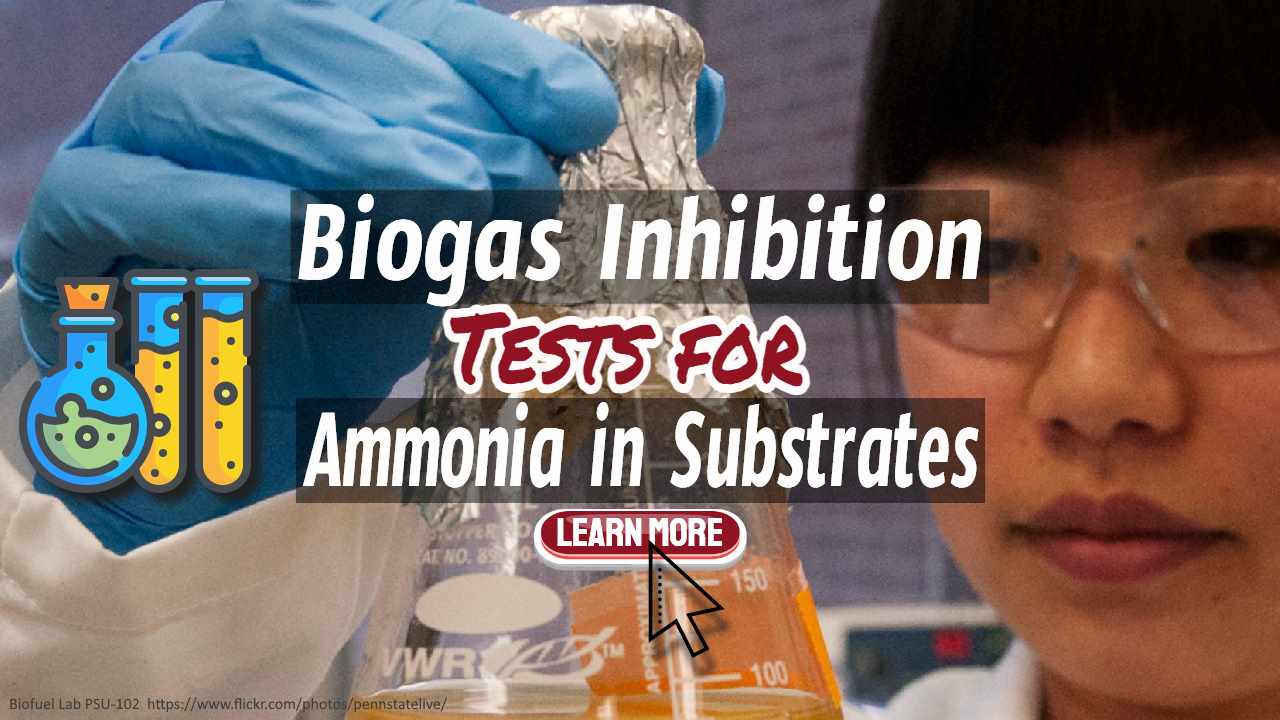
The Role of pH (Acidity to Alkalinity Balance) in Ammonia Inhibition
The unionised form of ammonia nitrogen contains both the ionised form (ammonium, NH4+) and the unionised form (ammonia, NH3).
A rise in pH promotes the development of the more hazardous unionised form (NH3), whereas a drop promotes the creation of the ionised (NH4+) form.
The toxicity of ammonia is also affected by temperature.
Characteristics of Ammonia
Ammonia gas has a distinctively strong odour (think of window and floor cleaners). Ammonia concentrations in streams are rarely high enough to produce this stench, but water with a foul, septic, or organic-waste odour may have rather high ammonia concentrations.
The major products of anaerobic digestion of organic waste are methane and carbon dioxide, while elevated ammonia concentrations may be present in the digestate.
Accumulation of Ammonia During the AD Process
As a result, during the breakdown of the feedstock, ammonia tends to accumulate, and the effluent would be recirculated in the digester (Sheng et al).
A high ammonia concentration can disrupt the methanogenesis process and reduce the amount of methane generated during anaerobic digestion.
During the anaerobic digestion process, the recommended amount of total ammonia nitrogen (TAN) in the reactor for a favourable and hospitable environment for methanogens is less than 200 mg/L. (Liu & Sung 2002).
To understand the biochemistry of each digester at any time, the ammonia level needs to be monitored for use in Biogas Inhibition Tests
The Biogas Inhibition Test FOS/TAC Ratio
In recent years, the science of biogas inhibition has advanced.
The FOS/TAC ratio is used to ensure the stability of the anaerobic digestion process, and while ammonium is a key parameter for process stability, it is analysed in combination with other chemical data.
The FOS-TAC Ammonium Test is just one part of diagnosing a comprehensive solution to biogas process inhibition by combining both measurements in one streamlined process. This test offers several key advantages:
- Rapid results: The FOS-TAC Ammonium test delivers results in approximately 10-15 minutes, allowing for quick decision-making and process adjustments
- Comprehensive monitoring: It measures both the FOS/TAC ratio and ammonium levels simultaneously, providing a complete picture of digester health
- Early warning system: By monitoring both parameters together, operators can identify potential process instabilities before they become critical issues
- User-friendly: The test is designed for on-site use by plant operators without requiring laboratory expertise
Ammonia is measured using a separate test, such as an ammonia test kit or a photometric method.
Why it's separate: Ammonium (NH₄⁺) and non-ionised ammonia (NH₃) have different toxicity levels. While the ammonium ion is relatively non-toxic, non-ionised ammonia becomes toxic to microorganisms at higher concentrations.
These are organic acids, such as acetic, propionic, and butyric acid, produced during the acidogenesis phase of anaerobic digestion.
- Alkalinity: This measures the total buffering capacity of the digester, which resists changes in pH. It's often expressed as an equivalent to bicarbonate alkalinity.
- FOS: This ratio indicates the balance between the acid production (FOS) and the system's ability to neutralise that acid.
- TAC: A stable ratio (often between 0.3 and 0.4) suggests a healthy and stable digester process.
Ammonia is a separate but crucial parameter monitored alongside FOS/TAC. High levels can become toxic to the microorganisms in the digester, impacting biogas production.
Ammonia Concentration Test Kits
Ammonia concentration test kits are available from Hach at the ranges of ammonia expected in a biogas digester from 100 to 3,000mg/l of ammoniacal-N.
There are many fish tank and pond ammonia test kits available online, but these are not usually suitable for the much higher ammonia values in a digester.
Check Current PriceAmmonia Inhibition Testing Service
Amur, an AD operator and services provider, has introduced what it claims is the industry's first fast FOS/TAC inhibition test.
Biogas Inhibition Tests, about which information provided online suggests runs alongside Amur's unique Bullet BMP test, yield findings in just 24 hours. That's as opposed to the 30 days necessary for previous AD industry analyses.
The straightforward test is said to be based on highly sensitive microorganisms that respond fast when exposed to inhibitor-causing toxins.
Previous industry inhibitory analysis was restricted. It could only be accomplished using biological BMP testing, which evaluates biogas potential. The addition of a second test for inhibition provides operators with greater flexibility.
Amur's Bullet BMP technology seems to be cutting-edge technology and uses near-infrared spectrum analysis to identify the components of a sample during a biogas inhibition test.
The results are described as being calibrated and benchmarked against known biomethane potential from a variety of waste sources before being quantitatively computed and transformed into BMP.
Biogas Inhibition Tests: Detecting High Ammonia and Other Inhibitors in AD Substrates
If you've ever watched a perfectly good biogas plant gradually lose production for no apparent reason, you'll know the frustration. One week, everything's humming along nicely, the next, your methane output is crawling. More often than not, the culprit is hiding in plain sight: ammonia inhibition or other toxins in your feedstock.
The good news? We now have faster, more reliable biogas inhibition tests that can catch these problems before they tank your entire operation.
AD plant operators can even install real-time FOS/TAC monitoring systems, but most plants use FOS/TAC testing services.
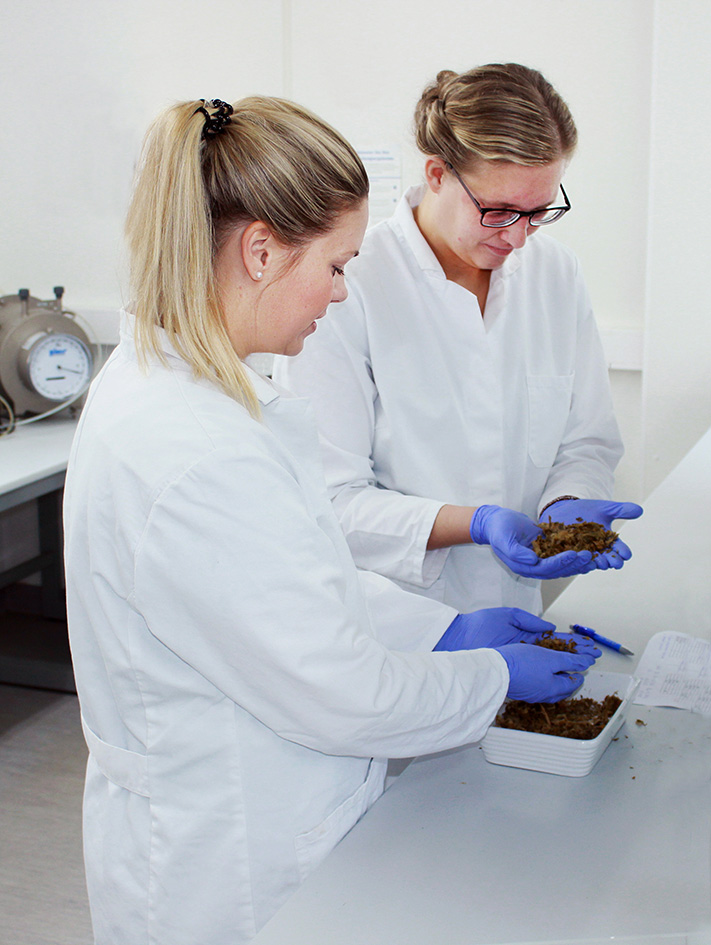
Why Ammonia Inhibition Is Such a Big Deal
Here's the thing about ammonia in anaerobic digestion—it's both friend and foe. Your bacteria need some ammonia to grow and thrive. But too much of it, and those same microorganisms start shutting down, especially the methanogenic archaea responsible for producing your valuable methane.
Ammonia exists in two forms inside your digester:
- Free ammonia (NH3) – the gaseous, more toxic form
- Ammonium ion (NH4+) – the ionised, less toxic form
Both can cause inhibition, but free ammonia is the real troublemaker. The balance between these two forms depends entirely on your digester's pH and temperature. When pH rises, more of the dangerous free ammonia forms. It's a delicate dance that can tip into disaster territory surprisingly quickly.
Most experts recommend keeping total ammonia nitrogen (TAN) below 200 mg/L for optimal methanogen health. Go beyond that, and you're playing with fire.
Common Sources of High Ammonia in Biogas Substrates
Certain feedstocks are notorious ammonia producers:
- Animal manures (especially poultry and pig slurry)
- Protein-rich wastes (slaughterhouse residues, food processing wastes)
- The organic fraction of municipal solid waste (OFMSW)
When you're dealing with nitrogen-rich materials like these, ammonia accumulation is practically guaranteed. As proteins break down during digestion, they release nitrogen that converts to ammonia. If you're recirculating effluent—which many plants do—that ammonia keeps building up.
What Makes a Good Biogas Inhibition Test?
Traditional methods weren't really fit for purpose. The aerobic plate count test was borrowed from the dairy industry. Sure, it works for milk, but it tells you almost nothing useful about what's happening in the oxygen-free environment of your digester.
What we really needed—and what's finally emerging—are anaerobic biogas inhibition tests that:
- Deliver results quickly (ideally within 24-72 hours, not 30 days)
- Test under conditions that actually match your digester environment
- Measure both ammonia forms (NH3 and NH4+) at various pH levels
- Detect other common inhibitors like heavy metals, antibiotics, and disinfectants

department of biogas specialist WELTEC BIOPO-
WER in Vechta, Germany, is developing a quick
test for identifying inhibitors in biogas substrates.
Modern Biogas Inhibition Testing Solutions
Several promising approaches have emerged in recent years:
Rapid Inhibition Tests
Companies like Amur have developed fast-track inhibition tests that work alongside their Biomethane Potential (BMP) testing. These tests use highly sensitive indicator microorganisms that respond rapidly when exposed to toxic substances.
Results come back in 24 hours instead of a month, which is genuinely game-changing when you're making decisions about whether to accept a new feedstock.
The technology typically uses near-infrared spectrum analysis to identify sample components and predict inhibition potential by comparing against calibrated benchmarks from known waste sources.
Laboratory-Based Analysis Systems
Research collaborations (like the WELTEC BIOPOWER and HAWK partnership) have developed more comprehensive three-day testing protocols. These use precise gas production monitoring systems like the Ankom device, which tracks not just gas volume but also changes in the volatile fatty acid spectrum when inhibitors are deliberately added.
By creating target curves for different inhibitors, these systems can identify specific problems in your substrate before it enters the digester.
What to Test and When
You should probably run biogas inhibition tests when:
- Accepting feedstock from a new supplier
- Dealing with seasonal variations in substrate composition
- Investigating unexplained production drops
- Planning to co-digest multiple waste streams
- Working with high-risk materials like animal manure or industrial organic wastes
Regular monitoring of TAN concentration, pH, and temperature will often be run continuously in a digester. But periodic inhibition testing of incoming feedstocks gives you that crucial early warning system.
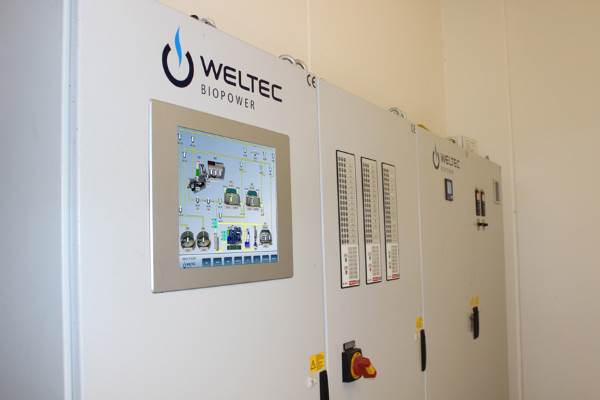
be controlled by the PLC-based LoMOS control, which is custom-developed
by WELTEC.
Recovering From Ammonia Inhibition
Caught it too late, and your digester's already suffering? Recovery is possible, but it takes time and careful management:
- Reduce or stop feeding entirely for a period
- Dilute the digester content with fresh inoculum or water
- Add chemicals to precipitate excess ammonia (though this can get expensive)
- Lower the pH slightly if it's running high (this converts more NH3 to the less toxic NH4+)
- Consider removing some digestate and replacing it with fresh material
The methanogens will eventually bounce back, but prevention through proper biogas inhibition testing is far better than a cure.
The Bottom Line
Biogas inhibition tests are no longer a nice-to-have—they're essential for professional plant operation. With rapid testing now available at reasonable costs, there's really no excuse for flying blind with your feedstocks.
Whether you opt for on-site test kits for regular ammonia monitoring or send samples away for comprehensive inhibition analysis, you're buying insurance against costly downtime and production losses. And in an industry where margins can be tight, that predictability is worth its weight in gold.
The key is finding the right balance: run simple ammonia concentration tests regularly using field kits, but invest in proper biogas inhibition tests whenever you're making significant feedstock decisions. Your bacteria—and your bottom line—will thank you for it.
[Article first published in July 2017. Updated December 2021 and October 2025.]

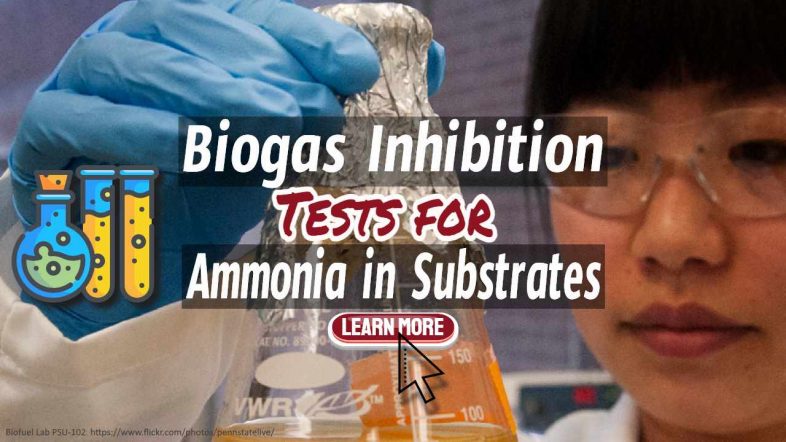
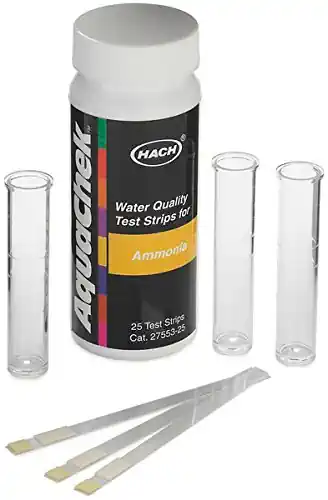
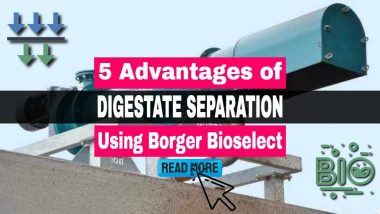


if i want to make a biogas plant same as you in pakistan is it possible
I find this very welcome. Operational decisions about feedstocks need to be much more science based. would like to read some testimonials for this service though.